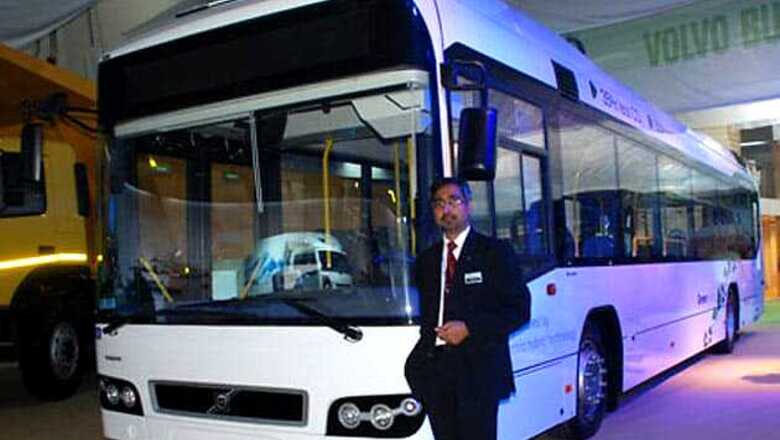
views
THIRUVANANTHAPURAM: Though they contributed a modern face to the city, the hi-tech buses introduced under the JNNURM for smart transport will soon be a liability for the Kerala State Road Transport Corporation (KSRTC), figures reveal. Kerala had two cities, Kochi and Thiruvananthapuram, among the 34 cities in the country selected for organised city bus service under the JNNURM. Though a Special Purpose vehicle (SPV) had to be launched for the service, it did not happen and KSRTC was given the task as it had the facilities needed, like drivers, parking areas and repairing facilities.
The bus service, which was originally meant to be within the city limits, was later extended to all parts of the district for viability. So, buses with air suspension and quality seats for better comfort, LED boards and rear-mounted engines reached nearby towns Attingal, Varkala, Nedumangad, Neyyattinkra and even Neyyar Dam.
The most difficult part of the operation of the semi low-floor non-AC buses in green and AC buses in orange with JNNURM and KSRTC logos is the high cost of maintenance associated with it. "Though breakdowns are almost unheard of, these vehicles need periodical maintenance, which costs 25 per cent higher than normal buses.’’ says the chief traffic officer of the KSRTC who is the special officer for low-floor buses.
Of the 320 low-floor buses allotted in two cities of Kerala, 150 will be in the capital, while 170 will be in Kochi. But, at present, the two cities have an equal share of the 280 buses in service. Out of the 320 buses, 240 will be from Ashok Leyland and the rest from Volvo.
Among the 140 low and semi low-floor buses now operating in the city, 20 are air-conditioned buses, each costing Rs 82 lakh, and the rest are non-AC, of Rs 27 lakh each. The average mileage of the AC buses is 2.2 km/litre, while that of the non-AC buses is 3.2 km/ litre; whereas, the average of a regular KSRTC bus is 4 km/litre.



















Comments
0 comment